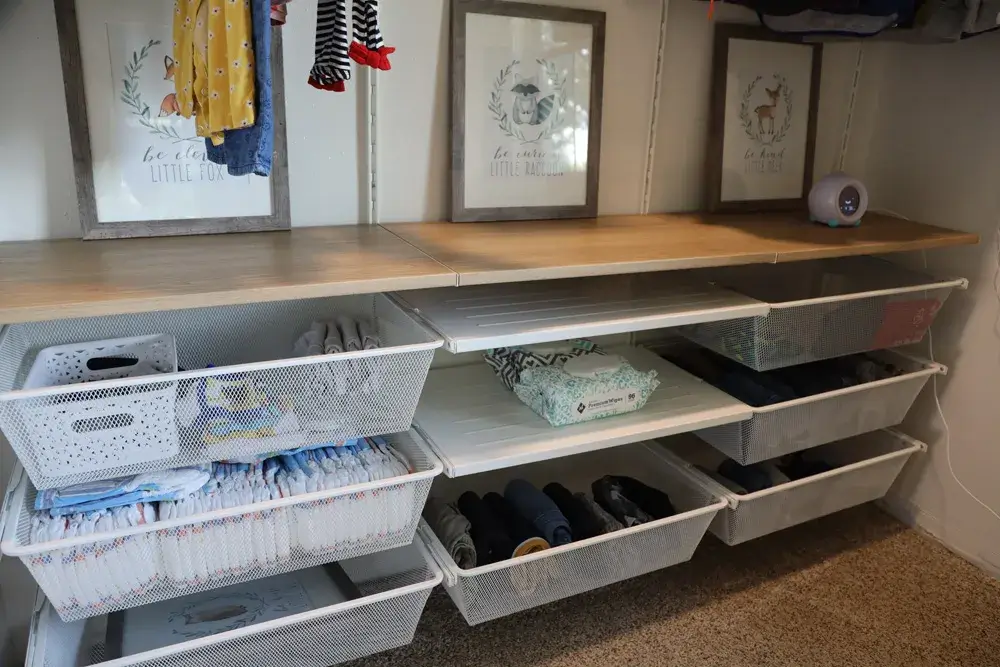When it comes to industrial applications, the fabric of choice can make all the difference. Wire cloth, with its myriad of weaves, plays a crucial role in enhancing performance across various industries. From filtration to separation, each weave brings its own unique set of characteristics to the table. In this guide, we’ll dive deep into the world of wire cloth weaves, exploring their designs, applications, and the industries they serve.
Understanding Wire Cloth Weaves
Before we delve into the various types of weaves and their applications, let’s first understand what wire cloth is all about. At its core, wire cloth is a versatile material made by weaving wires together in a grid-like pattern. The way these wires are interlaced forms different weaves, each with its own distinct properties.
The Basics of Weaving
Weaving wire cloth involves intertwining wires at right angles to create a stable and uniform structure. The weave pattern determines the mesh size, wire diameter, and overall strength of the cloth. Different weaving techniques result in various types of wire cloth, each suitable for different purposes.
Exploring Common Wire Cloth Weaves
Now, let’s take a closer look at some of the most common wire cloth weaves and their applications:
1. Plain Weave
Description: The plain weave is the simplest and most common type of weave, characterized by a crisscross pattern with each wire passing alternately over and under the adjacent ones.
Applications:
- Filtration: Ideal for applications requiring fine filtration due to its tight mesh.
- Sieving: Used in sieves for separating particles of different sizes.
- Screening: Commonly employed for insect screens and window screens due to its uniform mesh.
2. Twill Weave
Description: Twill weave features a diagonal pattern formed by passing the weft wire over one or more warp wires and then under two or more warp wires, creating a distinctive diagonal pattern.
Applications:
- Conveyor Belts: Offers excellent strength and durability, making it suitable for heavy-duty conveyor belts.
- Aerospace: Used in aerospace applications for its high strength-to-weight ratio.
- Decorative Mesh: Often used in architectural applications for its aesthetically pleasing appearance.
3. Dutch Weave
Description: Dutch weave consists of a combination of large-diameter warp wires and fine-diameter weft wires, creating a dense and strong mesh with smaller openings.
Applications:
- Fluid Filtration: Perfect for applications requiring precise filtration, such as oil and gas filtration.
- Pressure Filtration: Ideal for processes involving high-pressure filtration due to its robust structure.
- Gas-Liquid Separation: Used in chemical and petrochemical industries for separating gases and liquids.
Advantages of Different Weaves
Each wire cloth weave offers unique advantages that cater to specific industry needs:
– Plain Weave:
- Excellent stability and straightness.
- Uniform openings for consistent filtration.
- High strength-to-weight ratio.
– Twill Weave:
- Superior flexibility and drapeability.
- Enhanced resistance to abrasion and wear.
- Allows for the filtration of finer particles.
– Dutch Weave:
- Precise filtration capabilities.
- High flow rates with minimal pressure drop.
- Superior mechanical strength for demanding applications.
Selecting the Right Weave for Your Application
Choosing the appropriate wire cloth weave is crucial for achieving optimal performance in your application. Here are some factors to consider when selecting a weave:
1. Particle Size:
Determine the size of particles you need to filter or separate.
Select a weave with an appropriate mesh size to ensure effective filtration.
2. Flow Rate:
Consider the required flow rate of fluids or gases through the cloth.
Choose a weave that offers the desired flow characteristics without compromising filtration efficiency.
3. Mechanical Strength:
Assess the mechanical strength requirements of your application.
Opt for a weave that can withstand the operating conditions without experiencing deformation or failure.
Conclusion
Whether it’s the simplicity of plain weave, the versatility of twill weave, or the precision of Dutch weave, there’s a wire cloth weave to meet every challenge. So, the next time you’re faced with a filtration or separation dilemma, remember the strength that lies within the design of wire cloth weaves.
Frequently Asked Questions (FAQ)
Here are some common questions about wire cloth weaves:
Q: Can wire cloth weaves be customized for specific applications? A: Yes, wire cloth weaves can be customized to meet the unique requirements of different applications. Manufacturers offer a variety of weave patterns, mesh sizes, and wire materials to tailor the cloth to specific needs.
Q: How do I determine the right wire cloth weave for my application? A: To select the appropriate wire cloth weave, consider factors such as the size of particles to be filtered or separated, the desired flow rate, and the mechanical strength requirements. Consulting with a knowledgeable supplier can also help you make an informed decision.
Q: Are wire cloth weaves durable and long-lasting? A: Yes, wire cloth weaves are known for their durability and longevity, especially when used in demanding industrial environments. Proper maintenance and cleaning can further extend their lifespan.
Q: Can wire cloth weaves be used for high-pressure applications? A: Yes, certain wire cloth weaves, such as Dutch weave, are suitable for high-pressure applications due to their robust structure and precise filtration capabilities. They can withstand the pressures associated with fluid and gas filtration processes.
